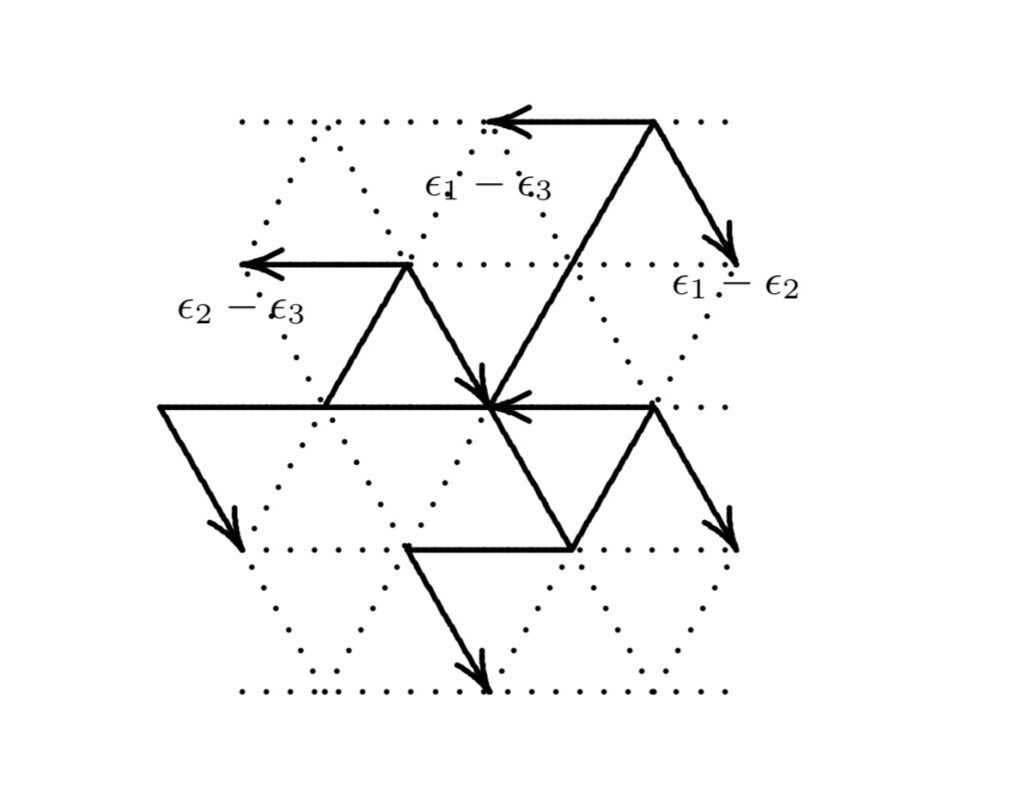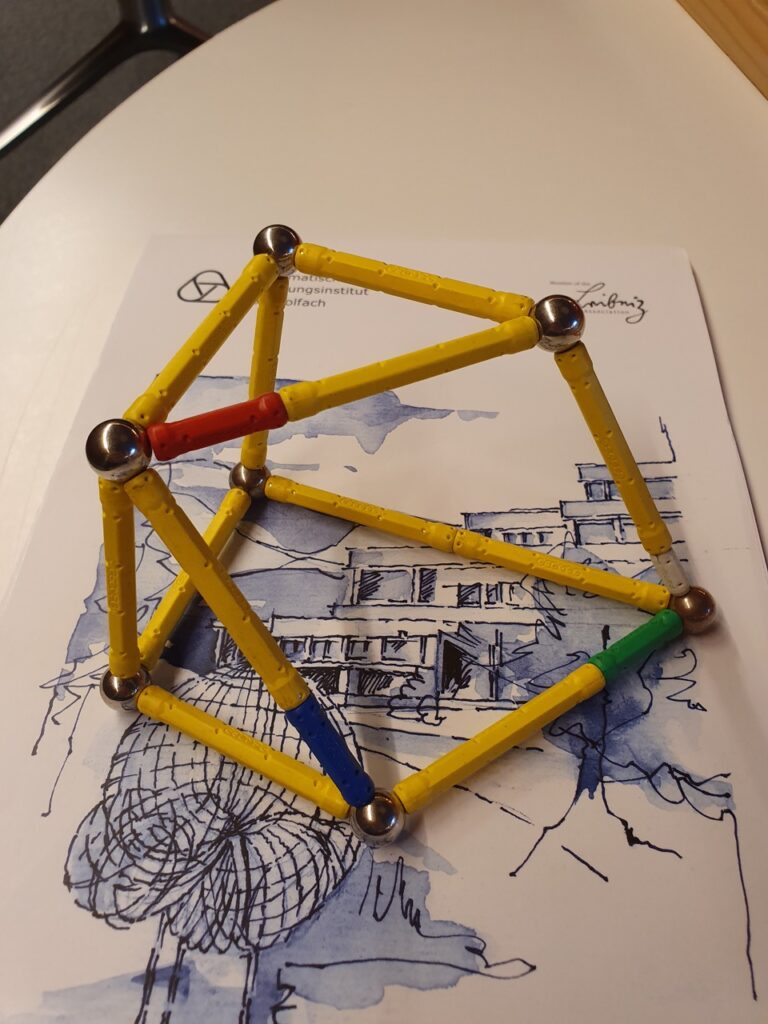One focus of our research is on the interaction of representation theory with geometry and combinatorics. Here are some key words: representation theory of algebraic groups, of semisimple Lie algebras, of Kac-Moody groups and of quantum groups. This naturally leads to geometric constructions of the representations and their bases, using the geometry of flag varieties and Schubert varieties, using spherical varieties and cluster varieties, and associated combinatorial tools like Young tableaux, crystals, path models, galleries in a building.


Another instance is the theory of Newton-Okounkov-bodies and tropical geometry, which, via toric degenerations,provides a tool to address natural questions connecting dimension and character formulas for representations with integral points in polytopes, orbits of subgroups with faces of the polytope and so on. Studying applications of this theory to symplectic geometry and integrable systems is another research direction.
Our research in the representation theory of algebras includes homological algebra and its generalisations such as extriangulated, right-triangulated and quasi-abelian categories as well as higher homological algebra and cohomology theories with a particular focus on Hochschild (co)homology and the associated Lie structure.
Another focus are representation theoretic approaches to homological mirror symmetry and geometric surface models which naturally leads to considerations of differential graded and A-infinity categories and on a more combinatorial level to considerations of graphs in representation theory. Generally we have a strong interest in different combinatorial tools in representation theory, ranging from non-commutative Gröbner basis theory to associahedra, Tamari lattices and (higher) Bruhat orders and other generalisations such as cyclic polytopes and zonotopes.
A further axis of research stems from connections of representation theory with cluster algebras, with a particular focus on surface cluster algebras and cluster categories.